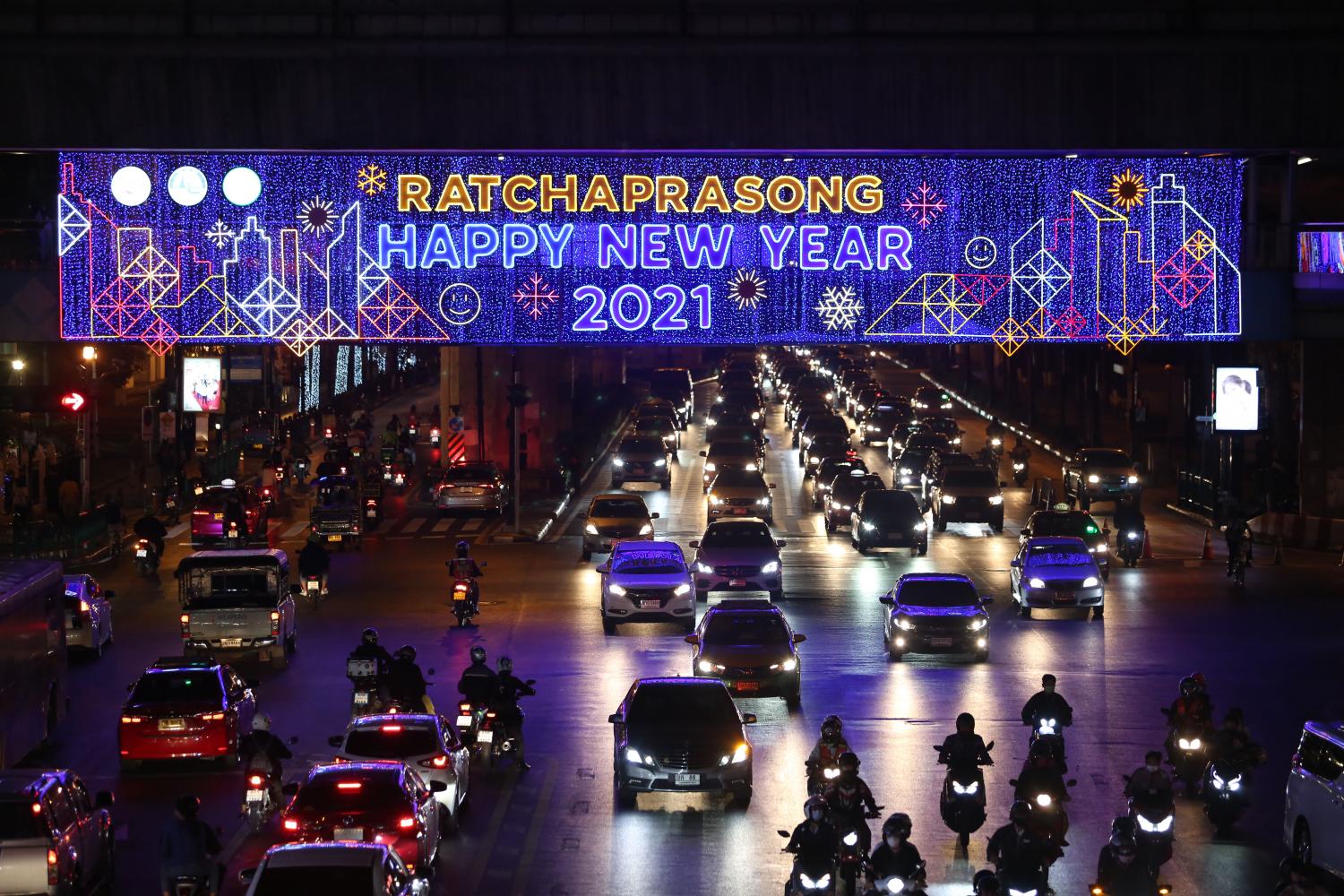The Thai government has decided to impose COVID-19 zoning, in accordance with the number of infections, instead of a national lockdown. Top medical experts say they are confident that the current outbreak is controllable, according to Prime Minister Prayut Chan-o-cha, after he chaired a special meeting of the CCSA, held today to address the latest virus outbreak.
He said that he had to take a crucial decision for the sake of public safety, public reaction, tourism, the national economy and the people’s happiness over the New Year period.
He also said that provincial governors and health officials will decide on the measures to be enforced, in accordance with the severity of the contagion in their respective provinces.
The CCSA has defined four zone levels:
- Red – Maximum control zone, where there are many infections in more than one area.
- Orange – Controlled zone for areas adjacent to red zones and where there are more than 10 COVID-19 cases and rising.
- High surveillance zone – Covering areas with fewer than 10 infections and falling.
- Surveillance zone – Covering areas where there are no infections and no sign of infection.
Under these guidelines, Samut Sakhon is classified as a red zone while Bangkok, Ratchaburi, Nakhon Pathom and Samut Songkhram are orange. Movement of migrant workers in or out of a red zone is completely prohibited, while movement of other people and vehicles will be controlled, without causing undue impact on trade and industry, while working from home optimal, said the prime minister.
As for the orange zone, the prime minister said authorities could impose restrictions on the operating hours of businesses as necessary and appropriate, adding that they could consider closing business which are deemed at risk of spreading the virus.
Provinces classified as high surveillance zones include Saraburi, Samut Prakan, Suphan Buri, Nonthaburi, Pathum Thani, Uttradit, Chachoengsao, Phetchaburi, Phetchabun, Ayutthaya, Phuket, Kamphaeng Phet, Nakhon Ratchasima, Prachin Buri, Krabi, Khon Kaen, Chainat, Udon Thani, Phichit, Nakhon Si Thammarat, Surat Thani, Prachuap Khiri Khan, Chaiyaphum, Nakhon Sawan, and Ang Thong.
All New Year’s celebrations and Children’s Day activities are banned in the red zone, which, so far, includes only Samut Sakhon province.
In an orange zone, public activities are permissible, on the condition that the number of participants is limited, among friends and acquaintances or online.
Public activities are permissible in the high surveillance zone, but the size of the event must be smaller than usual and with measures in place to reduce crowding.
In the surveillance zone, public activities can be held, but the size of the events must be smaller and there must be measures to reduce crowding.
This article is taken from Thai PBS World

